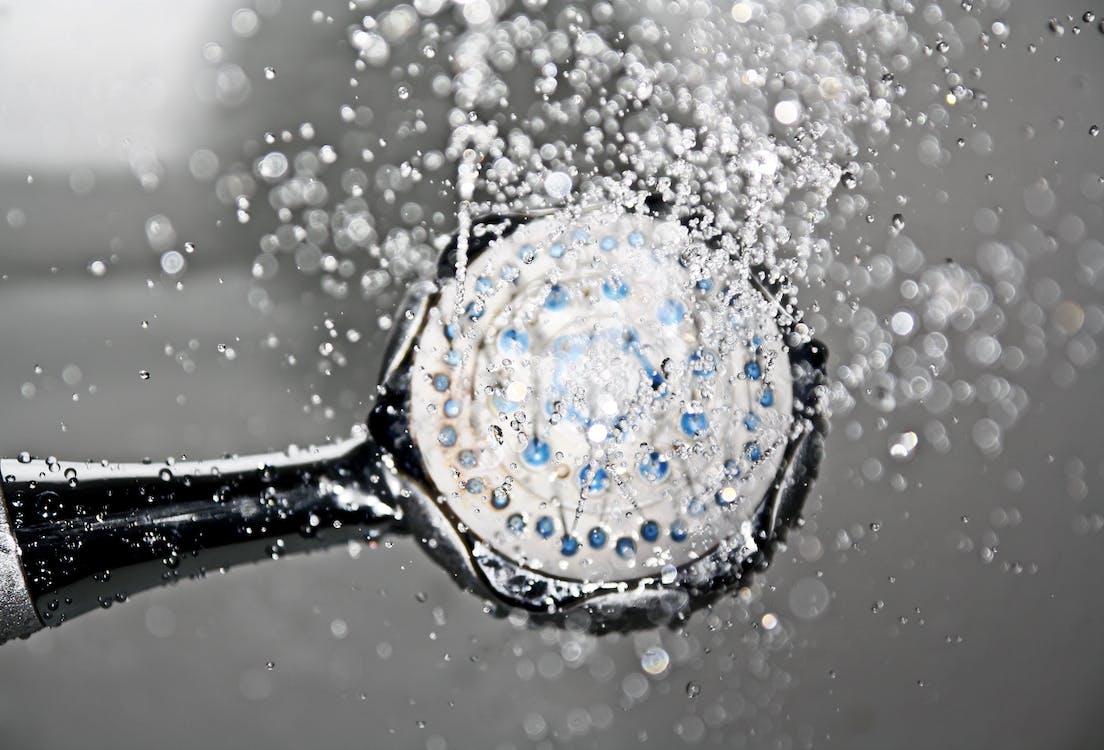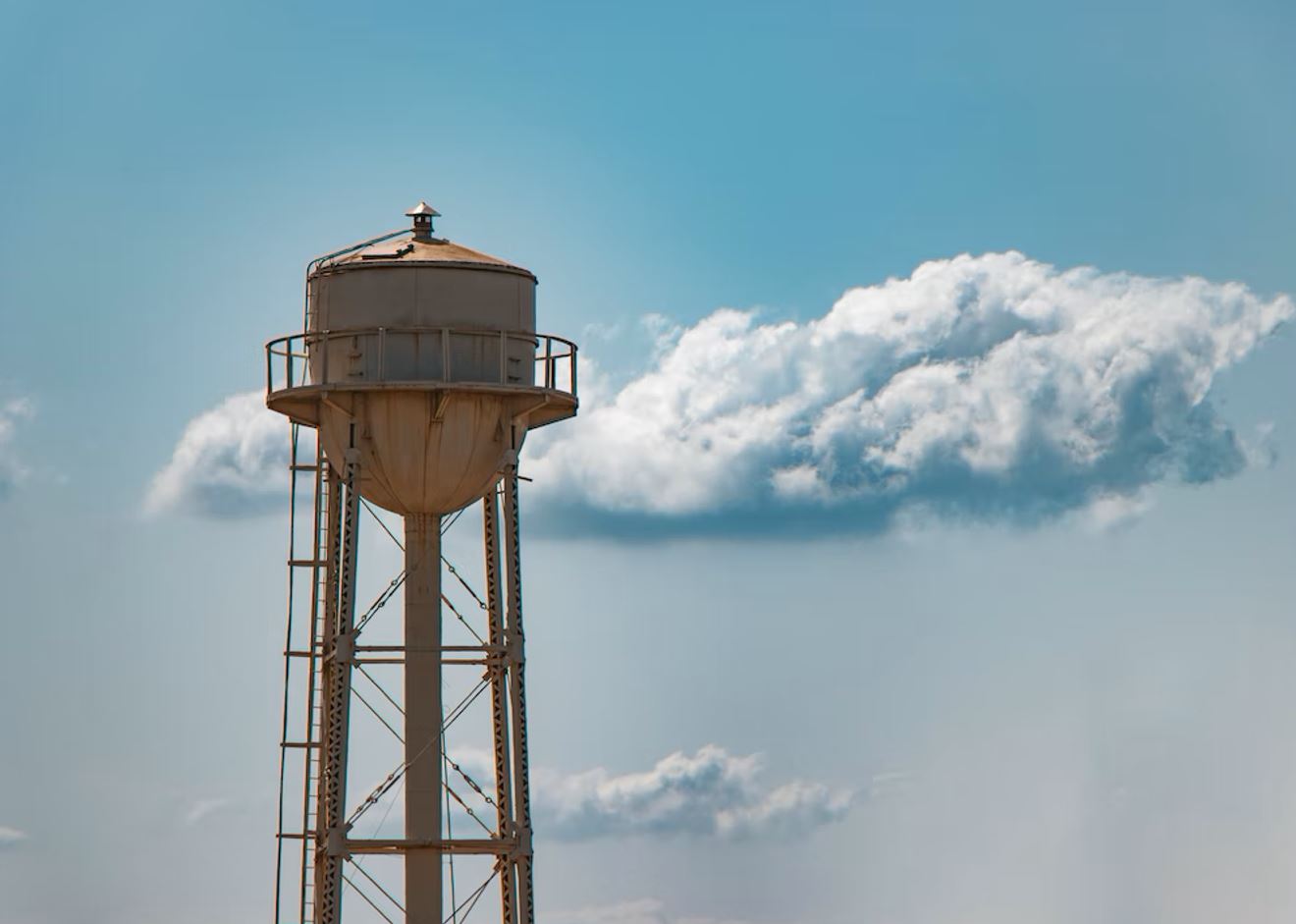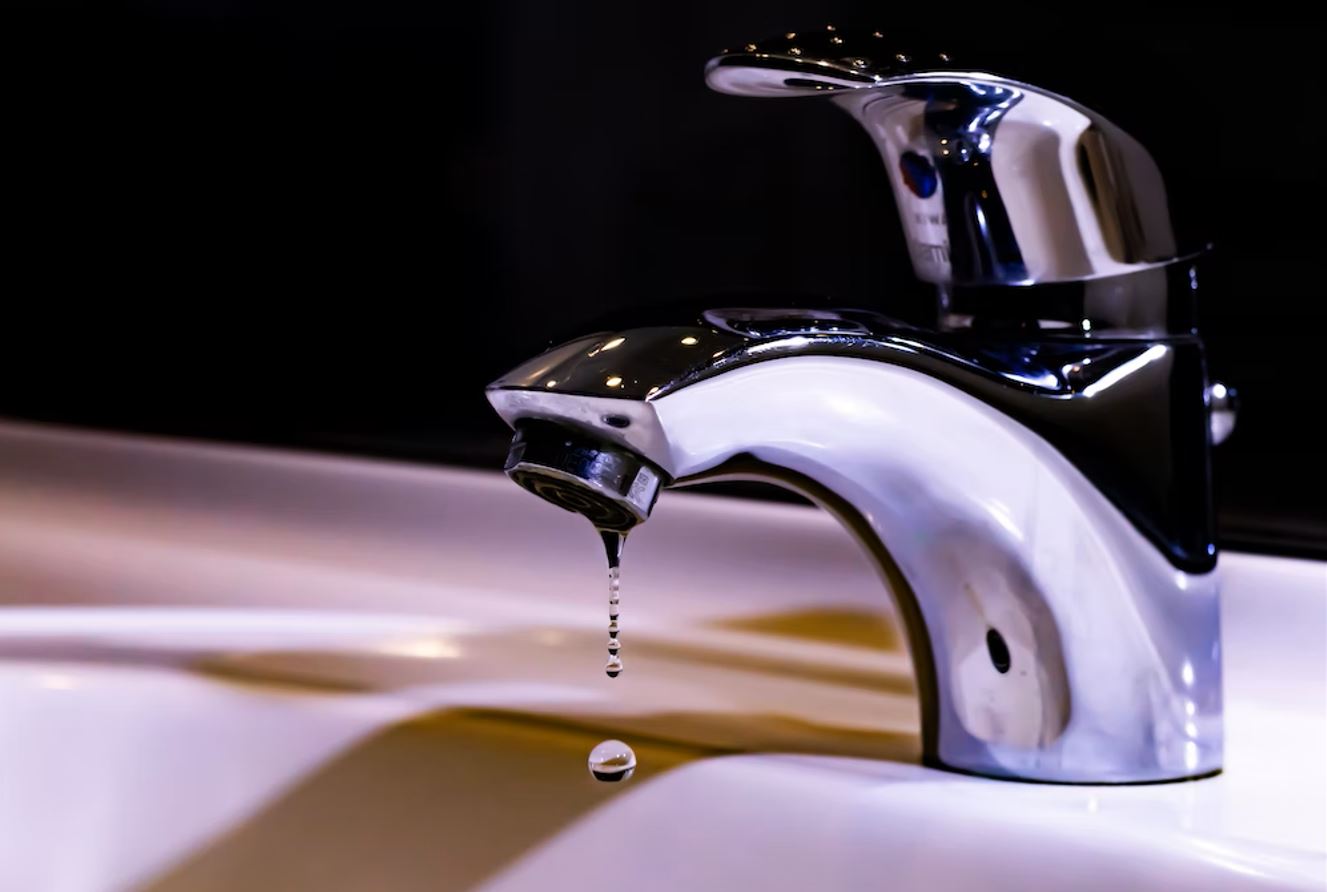BLOGS
Importance Of Proper Water Pressure In Your Home

Moving to a new home is a complex process and new homeowners often have a lot on their mind as they begin the moving in process. But one factor every homeowner should remember is the importance of proper water pressure in the home. Good water pressure can make or break your day to day living experience, low water pressure can be a nuisance, but high water pressure can lead to damaged appliances and pipelines. Checking water pressure in your home as the years go by is also important for you to maintain your beautiful luxury home at its best condition.
Forresta, Brittany Corporation’s newest luxury development, lets residents experience luxury at its finest. And of course, the new Forresta Villar Land community will have proper water pressure throughout the area, ensuring that residents will have live their best life, down to the little luxuries.
How Do Houses Get Water?

A lot of residential areas get their water supply from a water provider. The most common source of water is groundwater, but water providers also make use of water from reservoirs, dams, lakes, and rivers. Water is pumped into treatment facilities to clean them before being pumped to pressure tanks located throughout the distribution area. A water tower is also part of the water supply system. They are placed at high points, and their height relative to the area they are servicing generates water pressure.
Pressurized water then moves from the tank to the pipelines that serve a specific area. Sometimes, the water will move through booster stations to maintain adequate water pressure throughout the system.
In some areas, water pressure may be too high. When this happens, pressure-reducing stations transfer high-pressure water to areas with low pressure. Doing this helps maintain the water levels across the distribution system.
What Affects Water Pressure in a Home?
Water pressure in your home will be affected by several factors including the elevation of your home,the size of the tanks that supply your community, and the number of homes and establishments within a distribution area. Pipeline sizes also come into play. Pipelines that are too small may affect how water is distributed to your home or your community.
What is the Proper Water Pressure in a Home?
Residential water pressure usually is in the range of 45 to 80 PSI (punds per square inch). Ideally, the proper water pressure in a home should be 60 PSI. When water pressure falls below 40 PSI, it is considered low. And anything above 80 PSI is considered too high.
The future luxury lots in Villar Land and Forresta will have the optimum pressure, ensuring that their water system and water mains are capable of delivering on the demand of future residents.
What Happens When Your Home Has Low Water Pressure?
Low water pressure can be a nuisance in your home. Imagine expecting to have a refreshing shower after your workout, but when you turn your shower on, barely any water comes out. Your washing machine or dishwasher may take longer to run cleaning cycles because it takes longer to fill up.
What Happens When Water Pressure in Your Home is Too High?
High water pressure increases the possibility of damage to pipes, joints, fixtures, and seals. It can cause the untimely breakdown of water heaters, washing machines, or dishwashers. High water pressure can also prevent toilets from working correctly. There is also increased water waste (which comes with a higher water bill) when your residential water pressure is too high.
How Do You Measure Water Pressure in Your Home?
Water pressure can be measured and monitored by using a water pressure gauge. This is an inexpensive tool you can use to check the water pressure in your home. It’s also a good practice to check water pressure twice a year for general home maintenance purposes.
Turn off all the faucets and fixtures that use water in your home. Then attach the water pressure gauge to your outdoor hose spigot after removing the hose if it is attached. Make sure the water pressure gauge is secure on the spigot and that there are no leaks that can result in a false low reading. Turn on the faucet all the way and read the results on the dial of the water pressure gauge.
Typical home water pressure is around 45 to 80 PSI. Ideally, you should see 60 PSI on the water pressure gauge.
What Are the Common Causes of Low Water Pressure?
Low water pressure is a common problem many homeowners experience. There can be many causes of low water pressure. If you are having trouble with low water pressure in your home, here is a list of possible issues you can look into. When you determine the cause, you know which area of the system you need to fix or replace. Some of these issues you can fix yourself, but some problems are best left to plumbing professionals.
Water Meter Valve
If the water pressure is low throughout your home, you might want to check your water meter valve. The water meter valve is usually located next to the water meter on the main supply pipe that serves your home. If the valve is closed or only partially open, it can cause low water pressure. This can often happen when you have recently had plumbing work done for your home.
How to fix it: Go to where the water meter valve is located and check if it is in the fully open position. The valve will have a handle to open and close it. If the handle is set at an angle, this means that the valve is only partially open. When you see this, turn the handle so it is parallel to the water pipe. Doing this should fully open the water meter valve and increase the water pressure in your home.
Water Shutoff Valve
The water shutoff valve controls the flow of water that enters into your home. Low water pressure can also happen when this valve is left partially closed. The water shutoff valve is usually located inside your house, near where the main supply pipe enters your home through the foundation.
How to fix it: There are two types of water shutoff valves commonly found in homes: a lever-type valve and a wheel-type valve. To open a lever-type valve, move the handle until it is parallel with the water pipe. To open a wheel-type valve, turn the wheel counterclockwise until it feels tight. Then turn it 45 degrees clockwise to prevent it from getting stuck or creating a leak.
Leaks in the Plumbing

Leaks in your plumbing system can also cause low water pressure in your home. Leaks can be difficult to confirm, but it can be done. One of the best ways to find out is to take a reading from your water meter. Then, shut off all the faucets in your home, including the lines that supply water to your toilets. Leave them off for a few hours, then read your meter. If there is a difference, then there is a leak somewhere in your plumbing system.
How to fix it: Sometimes, all you need to do is replace old faucets with newer ones, especially if the leak affects only one fixture in your house. But if the leak is extensive or affects several areas of your house, you will need professional services from a licensed plumber.
Faulty Pressure Regulator
Not all homes are equipped with a pressure regulator, but if your house has one and you are experiencing issues with low or high water pressure, then you may have a broken pressure regulator.
A pressure regulator is a control valve that reduces the pressure in your plumbing system to a level that will not cause damage to your pipes. When the pressure regulator fails, you will notice an effect on all the water fixtures inside your house.
How to fix it: Manufacturers usually set the pressure regulators at 45 to 60 PSI. If you have low water pressure, you can adjust the regulator by turning the screw at its tip. Tightening the screw will increase your water pressure, and loosening it will decrease the water pressure. But if you are still experiencing problems, you might need to replace the pressure regulator. For this, you will need to call a professional or licensed plumber to get it fixed.
Mineral Deposits and Debris Buildup
Mineral deposits and debris buildup over the years can block pipelines and restrict the amount of water reaching your home, which can cause low water pressure. Blockages can be caused by debris like dirt, sand, food particles, solidified oil and grease, or foreign objects. A build-up of mineral deposits, like sediments, limestone, or rust, can also cause blockages in your pipes and restrict water flow.
How to fix it: If you notice low water pressure in one or two fixtures, you can check these for blockages, then replace the fixtures. Having the plumbing cleaned and cleared of debris will also work and should be done by a professional.
Corroded Plumbing
Older houses usually use galvanized steel pipes for plumbing. But due to time, these steel pipes can corrode on the inside, which gradually closes off the pipe and results in low pressure and a decreased water flow. Corrosion in your pipes will usually develop several holes until it fails completely.
How to fix it: This will require an expensive fix and extensive repairs. The only way to fix corroded pipes is to replace the entire plumbing system. Contact a professional for re-piping services, and choose a more durable material for your new pipes that is more resistant to corrosion.
Time of Day
It may surprise you, but the time of day can also affect the pressure in your home. Sometimes, a lot of people use water at the same time, such as everyone showering in the morning to prepare for work or school. Because there are too many people using water at the same time, water is diverted to different fixtures in the home, reducing pressure for each.
How to fix it: Schedule the use of water so not every faucet or showerhead is in use at the same time. Try to schedule washing clothes when no one is using the showers or washing the car. Putting less strain on the system should increase your water pressure.
Water Supplier Issues
Sometimes, the cause of low pressure in your home can be issues with your municipal provider and supplier. Your supplier may be experiencing problems with supply, station maintenance, or broken pipelines, which can all affect the water pressure in your house.
How to fix it: Unfortunately, this is a problem cannot be fixed from your end. At most, you can contact your local water supplier to inquire about any issues and ask for updates regarding repairs. The only thing homeowners can do is wait until the supplier has fixed any issues they find.
Experience Only the Best at Forresta Villar Land
Brittany Corporation never stops pushing the limits of luxury living. Their latest project is Forresta, a community of green spaces and intergenerational residences. The Forresta luxury community will be a beautiful forest township within Villar Land.
Forresta luxury lots will be a worthwhile investment for you and your family. Forresta will bring a balance of tranquil and dynamic living for families who want to live in a luxury exclusive community.
Find out more about the beauty and grandeur of Forresta on the Brittany website. In the market for a new luxury home? Brittany has several properties for you! From luxury houses in exclusive communities to luxury condos, Brittany Corporation will have a home that suits your needs. Browse our website to see our property listings and take the first step to a more luxurious life.
READ NEXT ARTICLE: BOOST YOUR HEART HEALTH FOR WORLD HEART HEALTH DAY
READ NEXT ARTICLE: MUST-HAVE PROPERTY TECHNOLOGY FEATURES
READ NEXT ARTICLE: BEST MID-YEAR MORTGAGE OFFERS AVAILABLE RIGHT NOW















